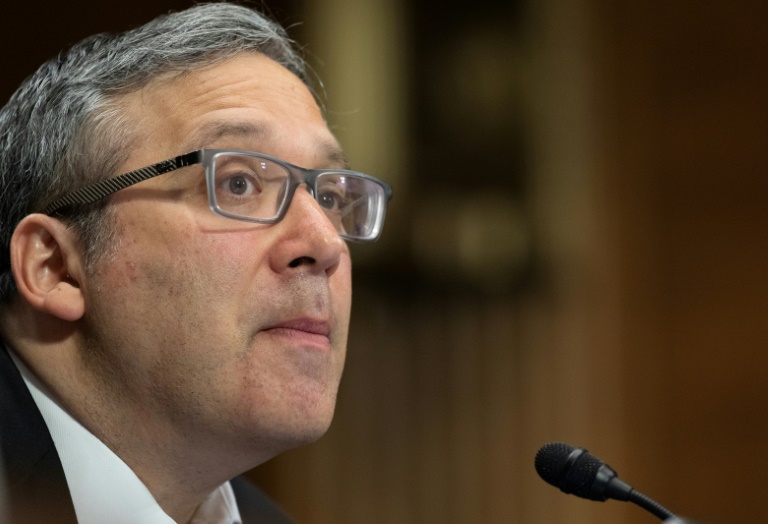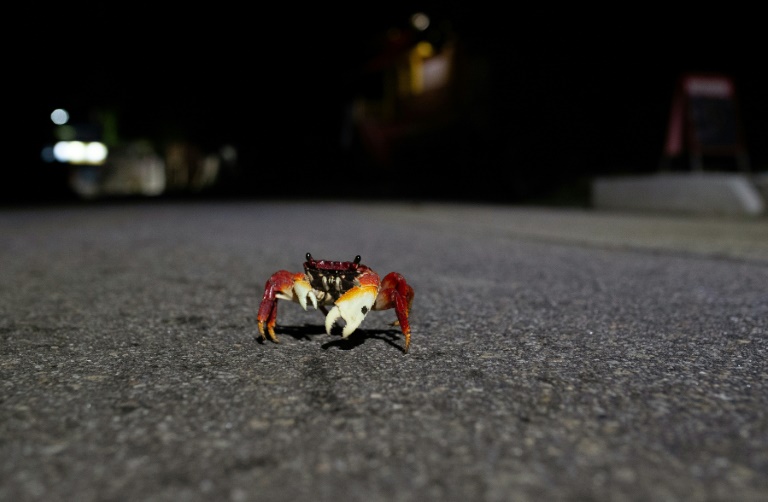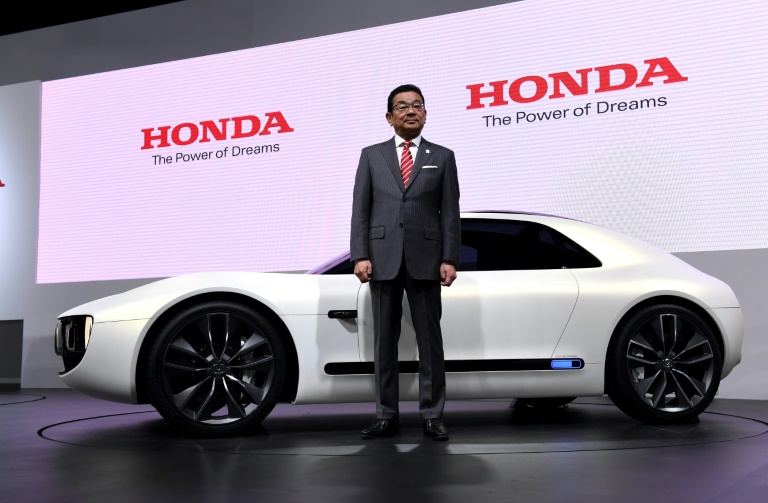Ever since the poem churning ChatGPT burst on the scene six months ago, expert Gary Marcus has voiced caution against artificial intelligence’s ultra-fast development and adoption.
But against AI’s apocalyptic doomsayers, the New York University emeritus professor told AFP in a recent interview that the technology’s existential threats may currently be “overblown.”
“I’m not personally that concerned about extinction risk, at least for now, because the scenarios are not that concrete,” said Marcus in San Francisco.
“A more general problem that I am worried about… is that we’re building AI systems that we don’t have very good control over and I think that poses a lot of risks, (but) maybe not literally existential.”
Long before the advent of ChatGPT, Marcus designed his first AI program in high school — software to translate Latin into English — and after years of studying child psychology, he founded Geometric Intelligence, a machine learning company later acquired by Uber.
– ‘Why AI?’ –
In March, alarmed that ChatGPT creator OpenAI was releasing its latest and more powerful AI model with Microsoft, Marcus signed an open letter with more than 1,000 people including Elon Musk calling for a global pause in AI development.
But last week he did not sign the more succinct statement by business leaders and specialists — including OpenAI boss Sam Altman — that caused a stir.
Global leaders should be working to reduce “the risk of extinction” from artificial intelligence technology, the signatories insisted.
The one-line statement said tackling the risks from AI should be “a global priority alongside other societal-scale risks such as pandemics and nuclear war”.
Signatories included those who are building systems with a view to achieving “general” AI, a technology that would hold the cognitive abilities on par with those of humans.
“If you really think there’s existential risk, why are you working on this at all? That’s a pretty fair question to ask,” Marcus said.
Instead of putting the focus on more far-fetched scenarios where no one survives, society should be putting attention on where real dangers lie, Marcus surmised.
“People might try to manipulate the markets by using AI to cause all kinds of mayhem and then we might, for example, blame the Russians and say, ‘look what they’ve done to our country’ when the Russians actually weren’t involved,” he continued.
“You (could) have this escalation that winds up in nuclear war or something like that. So I think there are scenarios where it was pretty serious. Extinction? I don’t know.”
– Threat to democracy –
In the short term, the psychology expert is worried about democracy.
Generative AI software produces increasingly convincing fake photographs, and soon videos, at little cost.
As a result, “elections are going to be won by people who are better at spreading disinformation, and those people may change the rules and make it really difficult to have democracy proceed.”
Moreover, “democracy is premised on having reasonable information and making good decisions. If nobody knows what to believe, then how do you even proceed with democracy?”
The author of the book “Rebooting AI” however doesn’t think we should abandon hope, still seeing “a lot of upside.”
There’s definitely a chance AI not yet invented can “help with science, with medicine, with elder care,” Marcus said.
“But in the short term, I feel like we’re just not ready. There’s going to be some harm along the way and we really need to up our game, we have to figure out serious regulation,” he said.
At a US Senate hearing in May, seated beside OpenAI’s Altman, Marcus argued for the creation of a national or international agency responsible for AI governance.
The idea is also backed by Altman, who has just returned from a European tour where he urged political leaders to find the “right balance” between safety and innovation.
But beware of leaving the power to corporations, warned Marcus.
“The last several months have been a real reminder that the big companies calling the shots here are not necessarily interested in the rest of us,” he warned.

 Business5 months ago
Business5 months ago
 Business4 months ago
Business4 months ago
 Events6 months ago
Events6 months ago
 People4 months ago
People4 months ago
 Events3 months ago
Events3 months ago
















